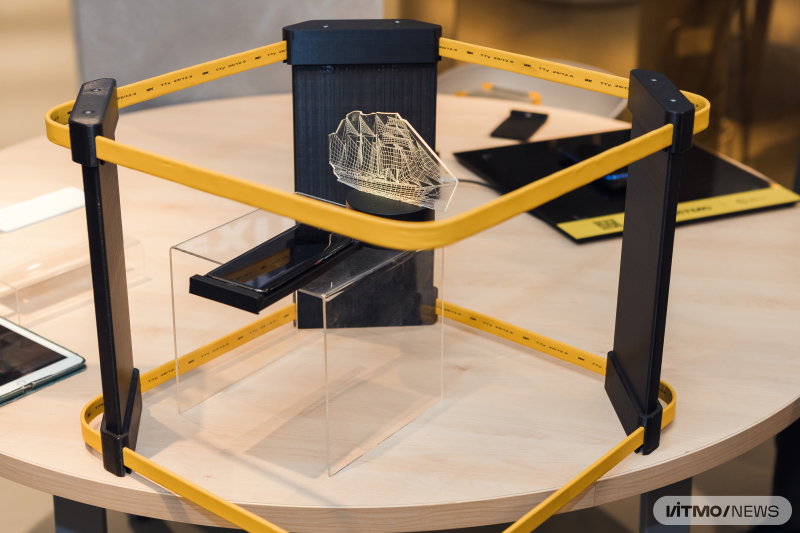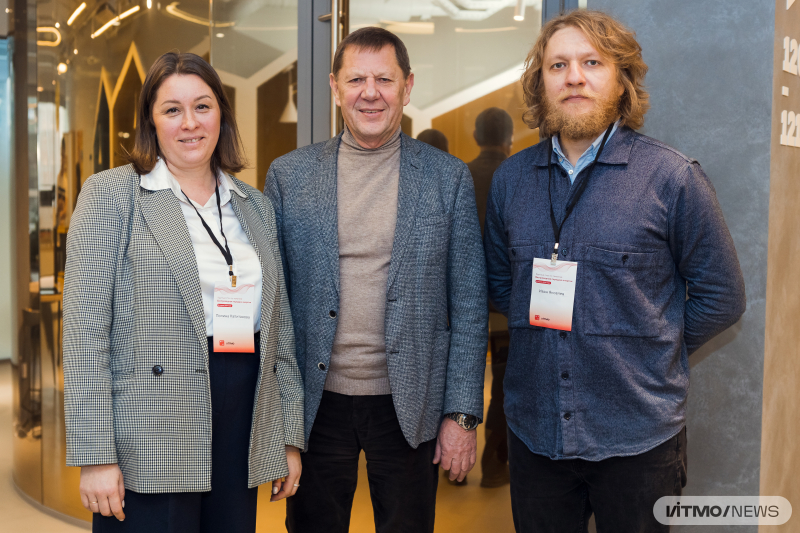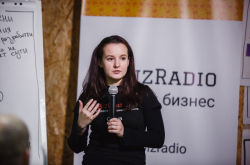Principles behind wireless power transfer
In wireless power transfer (WPT), electrical energy is transferred via electromagnetic fields. WPT is used to charge batteries of autonomous devices without the need to physically connect them to a power source. This technology can be used with wearable devices (smartphones, headphones, laptops, smart glasses, and toothbrushes), as well as those powered by electric drives (electric cars, buses, scooters, and industrial robots). Compared to conventional power transfer (via wires), WPT is more user-friendly: it’s wireless, doesn’t require batteries, and can be used to charge several devices at once.
“Our modern wireless smartphone chargers still don’t fully meet user demands. For instance, why do we call them wireless when we have to place our smartphones directly on a platform connected to a power socket? An engineer would say that it’s because there is no physical contact between the transmitting and receiving devices – there is, in fact, a 1-2 mm gap between them. This is the first generation of wireless chargers, but WPT will keep evolving,” said Sanjay Gupta, the President & Chairman of AirFuel Alliance, a company developing wireless charging technologies.
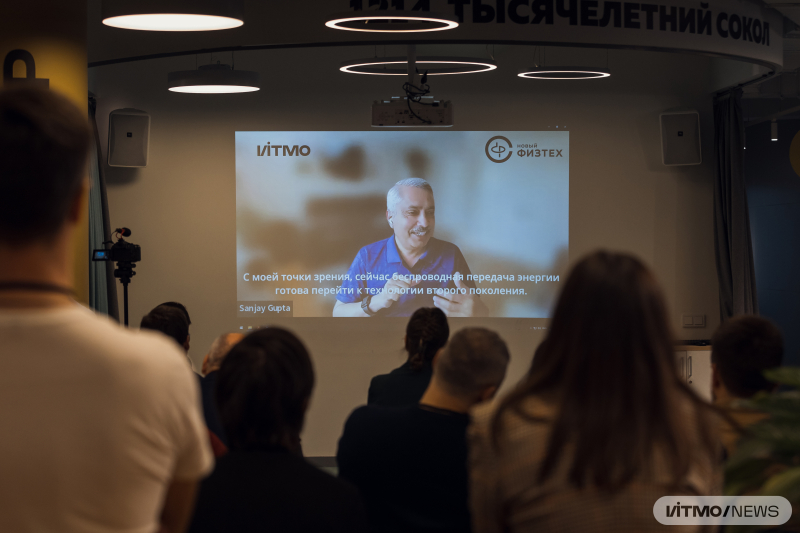
Sanjay Gupta. Photo by Dmitry Grigoryev / ITMO.NEWS
The second generation of WPT is supposed to work like Wi-Fi: one point of access can be connected to 10-20 devices, charging their batteries at a long distance.
“Imagine how different our homes would be and how quickly such a technology would become a household staple: smart home users won’t have to adapt to the placement of power sockets in their houses, while the number of batteries and wires will decrease. At the same time, the industry will welcome a new generation of robotic and hauling gear with wireless charging,” shares Ivan Yakovlev, the head of IoT/IIoT at MTS’s technology management department.
Currently, there are several types of WPT.
The inductive method transfers power across short distances with a high efficiency; however, a slight dislocation of the transmitter significantly decreases the efficiency of charging. Electric toothbrushes and smartphones are wirelessly charged with the use of this method.
The magnetic resonance approach works on medium distances and can transfer comparatively high power, but its efficiency lowers at longer distances. With this technology, it’s possible to create surfaces for simultaneous charging of several devices with different working power: a screen, a computer mouse, a lamp, a smartphone, a laptop, and others.
Finally, the far-field method makes use of radiating electromagnetic waves and can transmit energy at distances up to several meters. This approach is used to charge smart home sensors and Internet of Things devices located up to 5 meters away from the transmitter. These devices are characterized by low energy consumption, meaning that the 1 W of power from the transmitter is enough to charge them. However, so far this method is difficult to apply in charging devices with a higher energy consumption: an increase in transmitted power correspondingly increases the density of the energy flow, which can be harmful for humans.
Challenges for developers
Standards. In the nearest future, WPT technologies will be actively implemented for charging not only smartphones and wearables, but also autonomous warehouse robots and electric cars and buses. All of these devices have to work efficiently, and for that, developers need WPT standards.
“In order to ensure that electric cars from different producers all support WPT, the onboard receiver and transmitter have to “speak the same language.” In other words, we have to regulate the wireless charging process by outlining the working frequency, level of transmitted energy, communication protocols, and safety requirements for such systems. This means we are facing the task of developing a number of standards for various types of devices,” said Alyona Rybushkina, the executive director of EnergyNet.
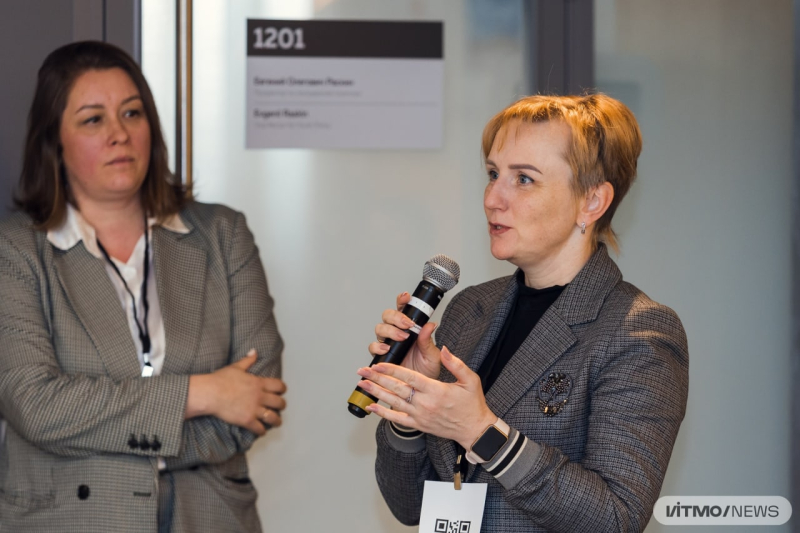
Alyona Rybushkina. Photo by Dmitry Grigoryev / ITMO.NEWS
AirFuel Alliance, an international coalition of innovative companies, develops such standards, certifies new wireless charging solutions, and trains specialists in the field. ITMO University is a part of this community and has access to the existing standards with a view to join the process of developing new ones.
Safety research. WPT technologies rely on magnetic and electromagnetic fields, whose high intensity can heat up the tissues in the human body and thus cause serious health issues. That’s why the effect of high-intensity electromagnetic and magnetic fields on the human body has to be studied first before WPT technologies are implemented on a large scale.
WPT in Russia
According to the consulting company Direct INFO, the WPT market in Russia will reach 19.2 billion rubles by 2033; 44% of this sum will come from smart home technologies and 35% – from smart retail. According to Polina Kapitanova, a lead researcher at ITMO’s Faculty of Physics, by 2030, consumers in Russia will own about 200,000-300,000 electric cars that will require the corresponding infrastructure, including wireless charging options.
In order to develop far-field WPT systems in Russia, researchers need ultra-low-energy microcontrollers that can efficiently control the system’s components. These devices will be able to wirelessly charge smart home and IoT sensors. In order to develop high-power wireless charging solutions, such as electric cars, scientists require GaN transistors, the technology for which is actively developing in Russia.
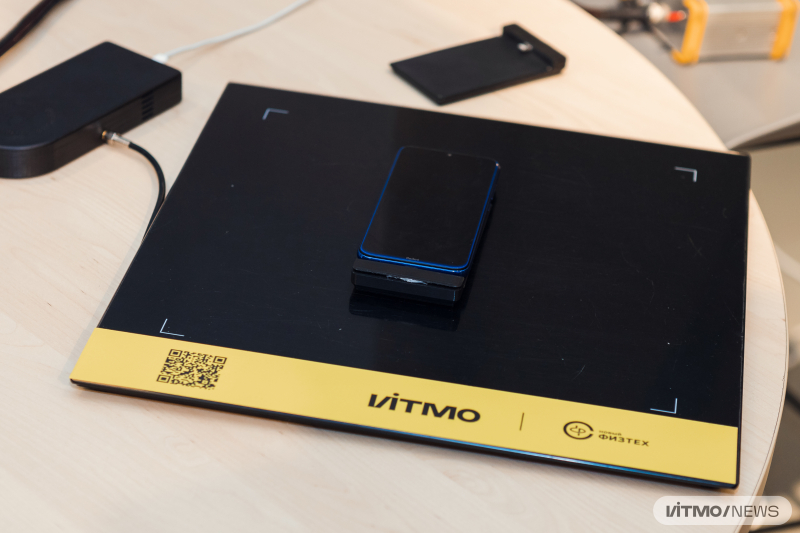
A WPT system prototype. Photo by Dmitry Grigoryev / ITMO.NEWS
Wireless chargers from ITMO
These days, smartphones and small wearable devices can be wirelessly charged; there are also pilot versions of wireless chargers for electric cars and buses.
WPT technologies are also developed at ITMO. In 2023, researchers from ITMO’s School of Physics and Engineering collaborated with Yablochkov, a technology company producing charging systems for electric vehicles, and presented the first wireless charger for electric vehicles in Russia.
In 2022, next-gen wireless chargers were presented at ITMO – boxes with a uniformly distributed magnetic field inside them. These 50x50x30 cm boxes are capable of simultaneously charging at least three devices placed inside them. This invention is part of a project that aims to develop an entire wirelessly charging room that will be safe for humans; in any place inside the room, it will be possible to charge smartphones, laptops, VR headsets, beauty gadgets, and other devices.
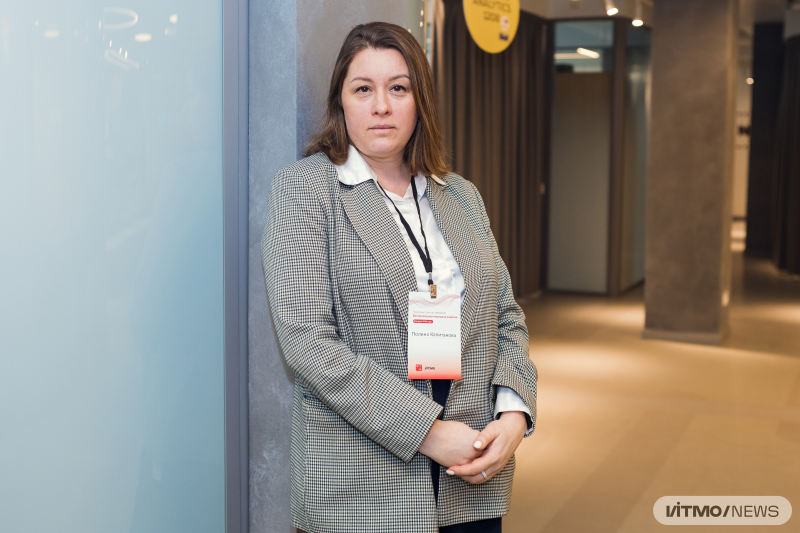
Polina Kapitanova. Photo by Dmitry Grigoryev / ITMO.NEWS
“At the roundtable discussion, we’ve established that WPT is an important and promising technology for the Russian market. At ITMO, we are on the lookout for opportunities to conduct pilot projects in the field of wireless charging for electric vehicles and drones. We are also interested in developing Russian standards for WPT,” concludes Polina Kapitanova.
